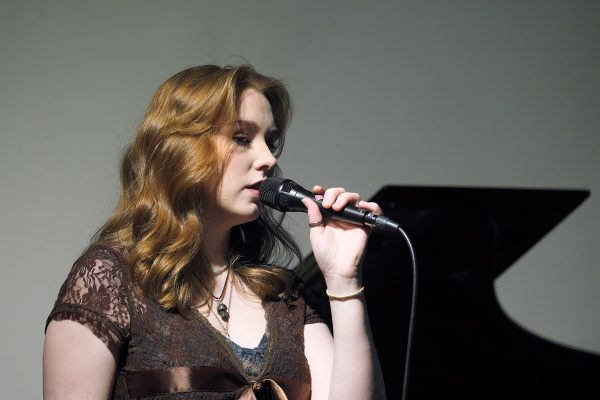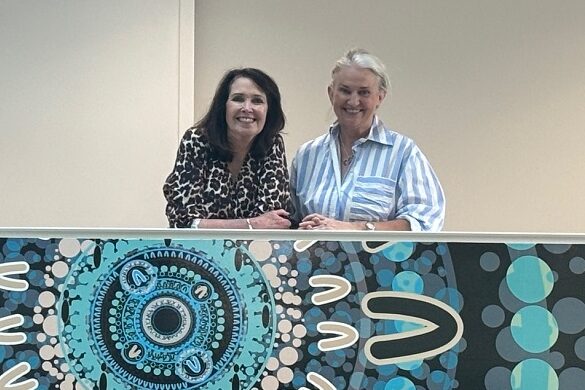
Music / “70 not out! It has to sing!” At The Chapel, Australian Centre for Christianity and Culture, Barton, July 23. Reviewed by ROB KENNEDY.
SEVENTY is a time for celebration and when you feel you are at your peak as a performer, what do you do? You organise a concert cycle of six performances that cross musical boundaries.
This concert – “It Has to Sing”– is the first of six recitals in “70 Not Out”. One of Australia’s best cellists, David Pereira, has brought together pianist Edward Neeman and composer-vocalist Lillian Frømyhr to perform classical, contemporary and jazz works.
The 2010 “CityNews” Artist of the Year, Pereira, with his 70th birthday coming up in September, is working out to make sure he’s performing at his absolute peak. And it showed in this concert as all the players offered a taste of what was to come in the following performances.
In front of a large audience almost overfilling the chapel, the joyful music of the “Sonata in D Major”, Op. 58, by Felix Mendelssohn sounded out. A relaxed Pereira on cello and Neeman animated on his piano bounced through this upbeat sonata with an intense clarity of tone that showed the audience they were in the presence of two world-class performers.
A direct transcription of Bach’s music, done in a romantic style for solo piano, “Morgenlied” by Ignaz Friedman sang and oozed out the complex ideas of Bach’s music lovingly and passionately.
Inspired by Aboriginal art, “Cross-hatching “, by Moya Henderson for solo piano is like a painting itself. It rushes with colour; shapes emerge in varying forthright styles. Bold statements jump out. Quiet moments spread forth; it’s like many images rolled into one. It’s tonal but built in a voice of specific tonalities, making it elusive, but effective. Played like a dream, Neeman had the audience spellbound.

Then “Autumn’s Bittersweet Goodbye”, by Lillian Frømyhr. Her voice blended well and followed the feelings coming from the other instruments. The song was a melancholic contemporary art piece with subtle tones. Followed by “The Peacocks”, by Stan Getz and Jimmy Rowles, this deeply reflective work turned the concert into a late-night jazz club.
Then “She’s That Wonderful Chaos”, by Frømyhr, was a more upbeat work. In just her second year of training at the ANU, Frømyhr showed an original talent in the making. Her music was already there, and her voice can only get better.
After the interval, Pereira’s composition for his daughter, “Poem for Zoe”. A piece that experimented with sound and style, while childlike, it confused me a little. That was followed by two works. Pereira/JS Bach, “Prelude in G”, BWV 1007 and “Ave Maria”, by Charles Gounod/JS Bach, which was the perfect piece for a chapel, sounding, of course, heavenly.
Finishing with “Sonata in E minor” Op. 38, by Johannes Brahms. The solemn opening to this sonata blended well with the following sections that remained deep and dark before momentary light shined through. The moody first movement didn’t escape its darkness much. The second movement playful and mysterious.
The two performers showed they had an unspoken symmetry. All rests, beginnings, and endings were perfectly timed. Their combined sound quality a joy. The final movement was where all the action lay. The intensity and fire burst out. The volume and passion at another level. As Frømyhr took to the stage, the large, happy audience let the players know they were highly appreciated.
Who can be trusted?
In a world of spin and confusion, there’s never been a more important time to support independent journalism in Canberra.
If you trust our work online and want to enforce the power of independent voices, I invite you to make a small contribution.
Every dollar of support is invested back into our journalism to help keep citynews.com.au strong and free.
Thank you,
Ian Meikle, editor








Leave a Reply